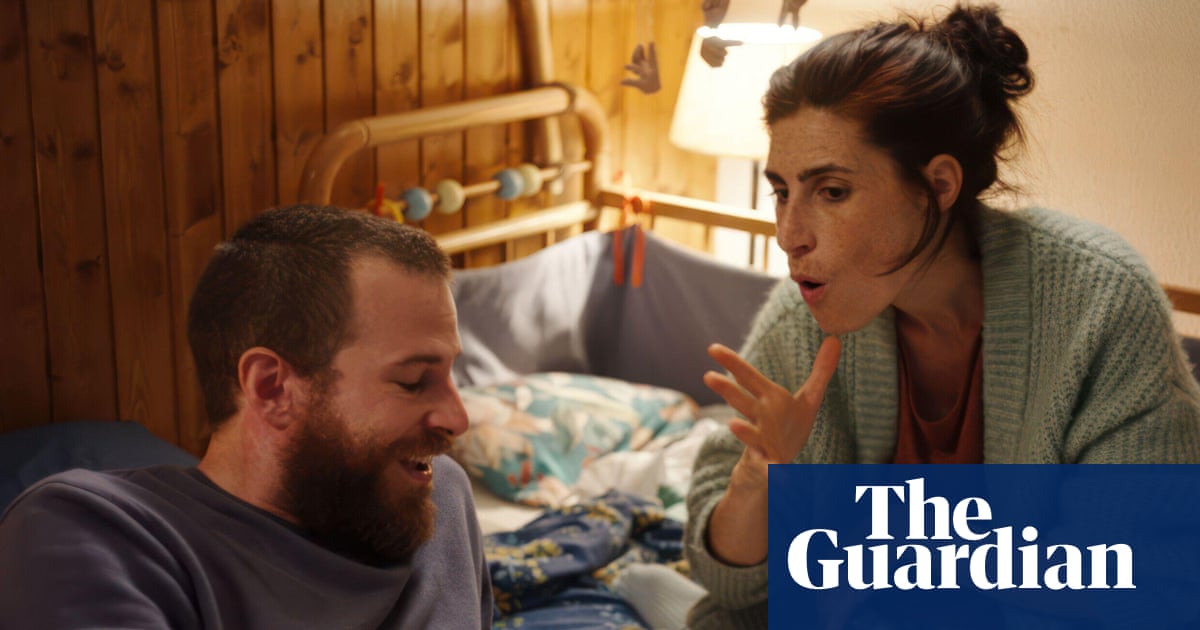
"Almost immediately, the Spanish director knew the film needed a labour scene. For all the women, giving birth had been a very traumatic event, she says. She heard stories about women in labour not being informed of procedures, or having their hearing partners removed from the room, depriving them of an interpreter as well as support. I left out some of the most difficult experiences. Her film gives us a frighteningly realistic birth scene."
"Push, push hard, shouts a doctor behind a face mask at the end of a long, drawn-out labour. The woman giving birth is Angela, who is deaf and can't read the doctor's lips because of their face mask. Frightened and alone, Angela lunges forward and rips off the mask. Her hearing partner is in the room. He's meant to be interpreting, but was ordered from her bedside"
"Libertad is speaking over Zoom from her home in Molina de Segura, a town near Murcia. She used actual doctors and nurses in the scene to add realism. But no casting process was necessary to find an actor to play her lead character Angela: Libertad hired her sister, Miriam Garlo, a well-known stage actor who is deaf. Garlo was seven years old when she lost most of her hearing as the result of an allergic reaction"
A Spanish director researched deaf women's pregnancy and parenthood experiences and created a film centered on motherhood and identity. The film includes a stark, realistic labour scene that reflects repeated reports of traumatic births for deaf women, including being uninformed about procedures and being separated from hearing partners and interpreters. The protagonist Angela, who is deaf, cannot lip-read due to a masked doctor and is left frightened and isolated during a difficult delivery. The director used real medical staff and cast her deaf sister as the lead to heighten authenticity. Deaf mothers express acute fear about not knowing if complications arise.
Read at www.theguardian.com
Unable to calculate read time
Collection
[
|
...
]